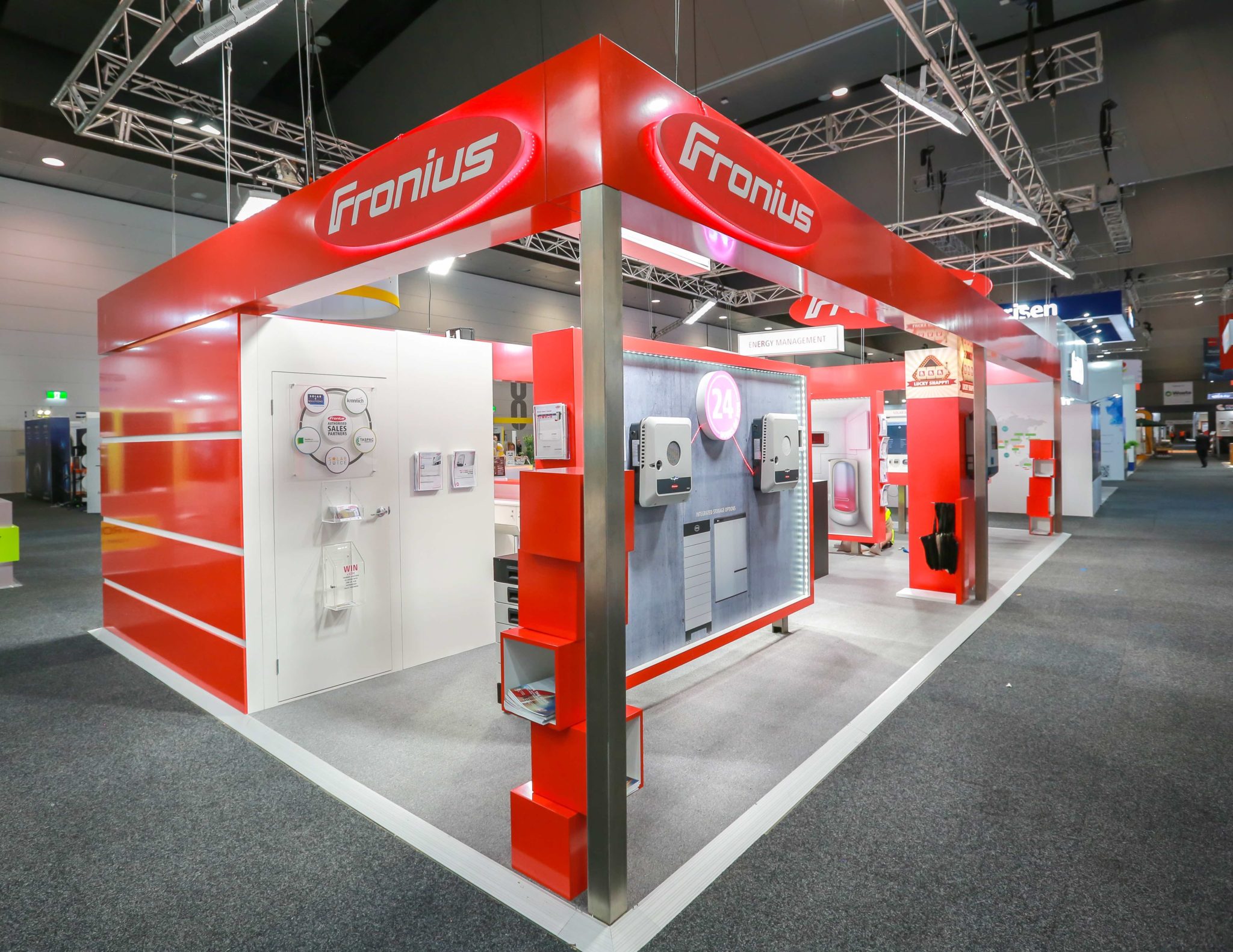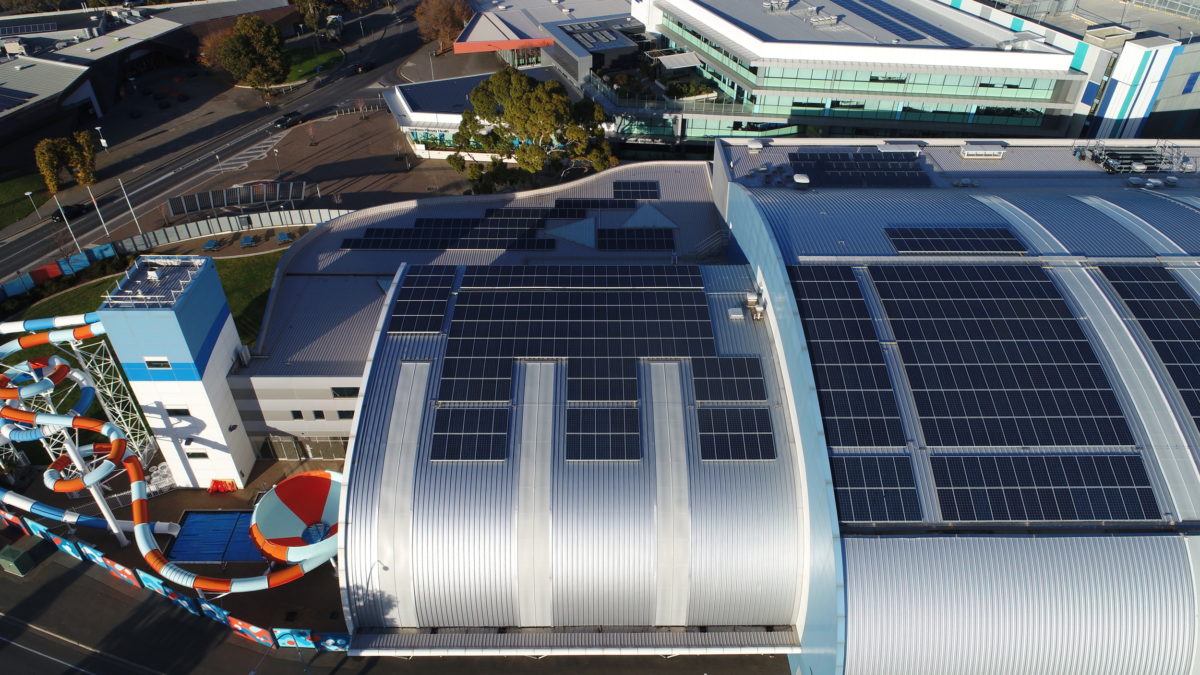pv magazine Australia: There was some discussion in recent months that the SRES should be wound up a little earlier than originally scheduled. Do you have any concerns about the rather contentious policy debate surrounding solar in Australia?
We are still confident in Australia. Bringing down power prices is wanted by everyone. But, the way we see electricity costs can really be reduced for the end user is to invest in solar systems. System prices for solar have just continued to decrease, and energy costs have gone up so dramatically. Payback times for a rooftop solar system are very reasonable, and even if some incentives are removed, it’s still a great value proposition.
It’s nice to say that power prices will be reduced, but I’ve not yet seen a country where electricity prices have decreased. Of course, if all of the incentives for renewables were removed, there might be a drop in the number of installations. But there are a lot of professional solar installers out there who can explain the advantages of solar with an extended return of investment. That is where we are in Germany already, where there are nearly no incentives for solar. And that is close to a 2 GW market.

Image: Fronius
OK, so savings on electricity bills is a big driver for homes and small businesses to install PV in Australia. But there is also things like backup power, which often means adding storage. What is Fronius doing here?
We have the Symo Hybrid, which is one of the only three-phase hybrid inverters available. We used to only supply that with our own battery solution, but now we are also compatible with LG Chem high voltage batteries. As of early quarter one 2019, we will also be compatible with the BYD BBox High voltage battery. Our next product series – a new addition to the portfolio – is called Gen24 Plus, will be a single phase and three phase hybrid, also compatible with LG Chem and BYD BBox. This will really close the gap on the single phase hybrids available and there will also be a larger three phase, which is 6-10kW. It will also come with full backup capabilities as well.
 And backup power can also be a little contentious because backup means different things to different people. Can Fronius deliver a genuine backup – even if an electric hotplate or hair drier is turned on?
And backup power can also be a little contentious because backup means different things to different people. Can Fronius deliver a genuine backup – even if an electric hotplate or hair drier is turned on?
With the Gen24 Plus range we mean full backup – which means you can supply your entire house if the grid goes down, with or without battery depending on the PV power installed. There is another feature called the PV Point, which has an 16A output and that can provide some backup power, so perhaps for a fridge or freezer or wifi router. With this product you are always supplied, whether simply or with the additional hardware. It will all be integrated into the inverter.
European PV does seem to be rebounding after some pretty flat years. Why does an Austrian inverter maker focus so heavily on Australia?
Australia is one of the most important markets for Fronius globally. We are focusing on rooftop installations in general and in Australia. Rooftops for Fronius means residential up to 10kW, and small commercial up to 100kW and up to several MW. Fronius recently supplied inverters to the largest single rooftop system in Australia. Next year Fronius will be introducing larger string inverters, which means we’ll be moving onto larger scale.
What kind of capacities will these big string inverters be?
They will be 50kW and 100kW.
Do you talk about volumes that you do in Australia?
Roughly, we are talking about more than 600 MW of string inverters.
OK, assuming you are primarily supplying the sub-100kW market, that’s fairly huge market share, isn’t it?
I don’t have the exact numbers. The market for sub-100kW systems (STC’s) in 2018 will total roughly 1.4 GW this year, then Fronius has a good share. But it is a rough calculation.
To what do you attribute that kind of market share?
We have had a local presence since 2010 and we have been selling to Australia since the 1990s. There are different reasons: first of all the work of the team here who do a great job of training installers, EPCs, and explaining the advantages. We have a local technical support and repair centre team which gives confidence to the industry that they’ll be supported.
The Snap Inverter Series has also resonated with installers, with single phase and three phase normal inverters and hybrid inverters. The Snap inverter has an installation concept which makes it really easy and simple to install and service, combined with the internal DC Isolator – with a Fronius inverter you don’t need an external one.
Then there is the quality that we put into our products, which is always the key in Australia – with the experience at the early industry stages with poor quality inverters. It’s not that Fronius never has quality issues, but we have always supported the installer to find a solution. We also have the best service concept in the market – our service partner network are able to replace single boards within the inverter. Installers can stock boards and make one trip to site – saving costs and money.
In Australia, saving call outs is important. With remote locations like the outback, it is a real advantage to be able to go to site only once, and know that you can fix any problem, rather than waiting for a replacement inverter.
This content is protected by copyright and may not be reused. If you want to cooperate with us and would like to reuse some of our content, please contact: editors@pv-magazine.com.









1 comment
By submitting this form you agree to pv magazine using your data for the purposes of publishing your comment.
Your personal data will only be disclosed or otherwise transmitted to third parties for the purposes of spam filtering or if this is necessary for technical maintenance of the website. Any other transfer to third parties will not take place unless this is justified on the basis of applicable data protection regulations or if pv magazine is legally obliged to do so.
You may revoke this consent at any time with effect for the future, in which case your personal data will be deleted immediately. Otherwise, your data will be deleted if pv magazine has processed your request or the purpose of data storage is fulfilled.
Further information on data privacy can be found in our Data Protection Policy.